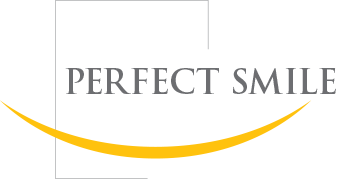Bone from the patient’s blood, the A-PRF and the I-PRF methods
I-PRF and A-PRF methods are developed versions of the PRP (Platelet Rich Plasma) method discovered in 1998. The method was developed by Dr. Joseph Choukroun in 2001 and since then it spreads unstoppably as a part of surgical procedures.
The essence of the method is that plasma is extracted from the blood of the patient and it is sent over to the area of the procedure to help heal wounds and regenerate tissues. It can be applied as a bone replacement procedure as well.
Essence and steps of the procedure
First step is to take blood from the patient and the venous blood is centrifuged without adding any anticoagulant to it. Several components are concentrated in the separated plasma; all are important considering wound healing. For example, fibrin threads, thrombocytes, leukocytes, different cytokines (non-exhaustive list).
Fibrin threads are proteins; they play an important role in blood coagulation. Their threads help close wounds or accelerate this wound closing process.
The thrombocytes (platelets) and the leukocytes (white blood cells) impregnate the web of the fibrins, so they create a protective layer over the wound and stay active longer and function longer. Therefore, plasma is able to act as a protective gel, but it is much more than that!
There are cytokines in the PRF plasma too. These are signalling molecules stimulating an immune response from the body. Due to their impact wounds heal better, for example, a new vascular system can develop better and faster, and the initial tissue formation is more optimal.
When can it be applied?
Most commonly the PRF treatments are applicable in cases when bone mass preservation (alveolar bone preservation) needed for immediate implant placement, in case of osteoplasty (augmentation or bone graft), in case of procedures to strengthen the bony base of the sinus cavities (sinus elevation) and in case of regenerative surgical procedures and reconstructive surgeries.
However, it is worth applying when carrying out general dental procedures and in special cases. Its bone reconstructive properties can successfully be used when treating senior patients.
For example, when removing a tooth, as it often leads to damaged mandible bone. With PRF treatment – immediately after a pulled tooth – the bone in the affected area can be preserved and bone loss can be minimised.
Researches show that patients experienced faster wound healing and milder pain following the surgery.
A-PRF protocol
In the anocrym the ‘A’ stands for advanced.
Further advantage of the A-PRF is that a special membrane can be formed from the plasma. This membrane – combined with bone graft materials – guarantees outstanding results in bone formation and bone regeneration.
I-PRF protocol
The ‘I’ stands for injectable. There is a large number of embryonic stem cells in the I-PRF plasma helping in the regeneration of cartilage, bone and soft tissues. I-PRF is most frequently used for facial aesthetic treatments.
Call us for a free consultation
+36 1 212 4272
+36 20 515 6271


